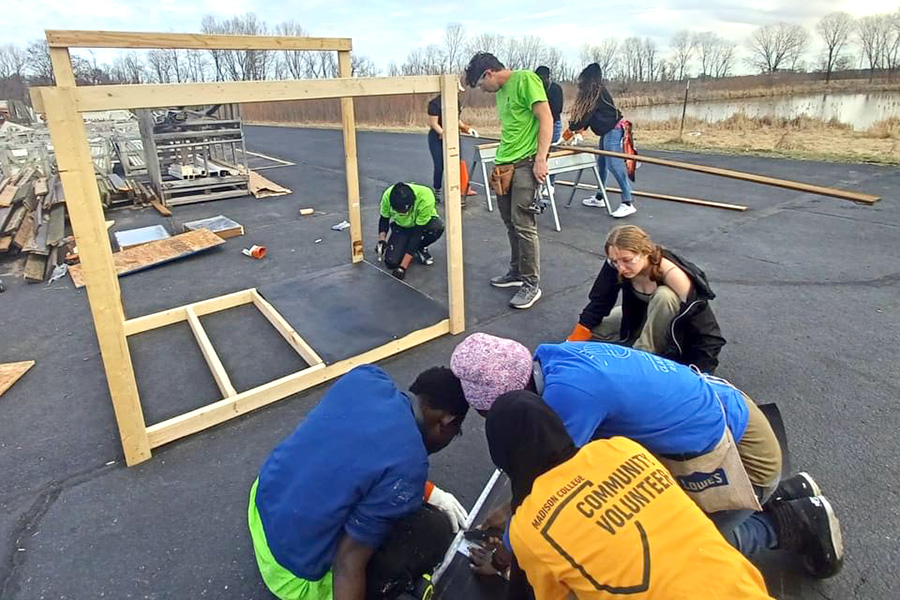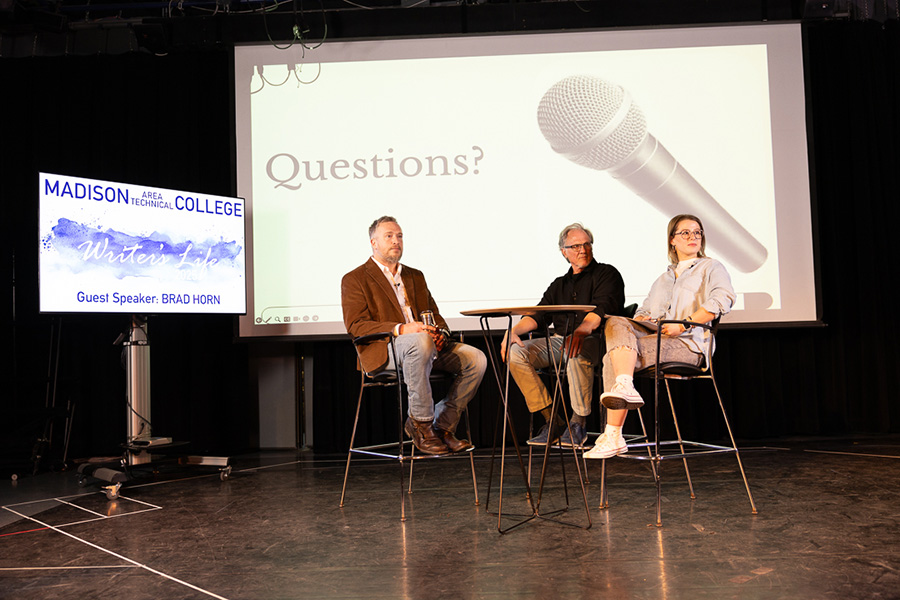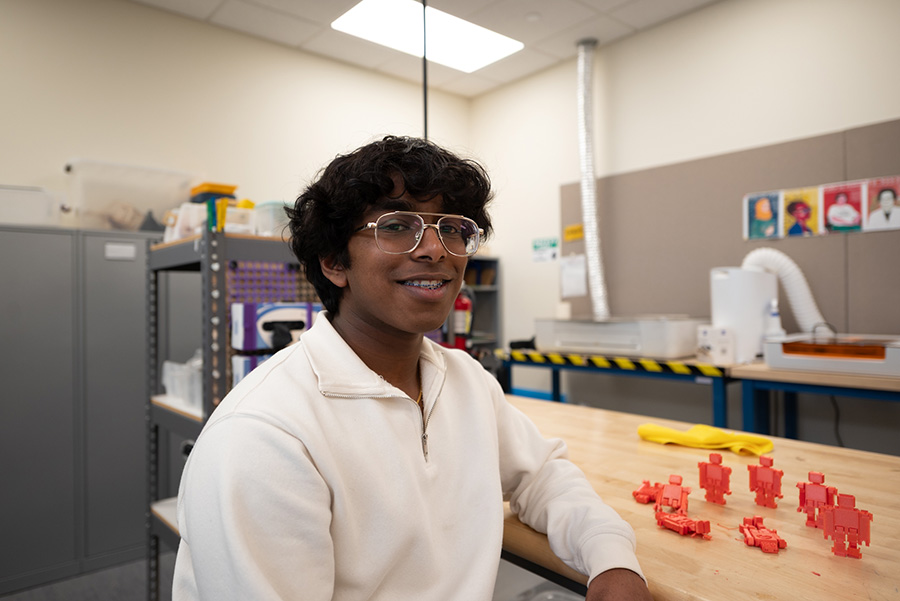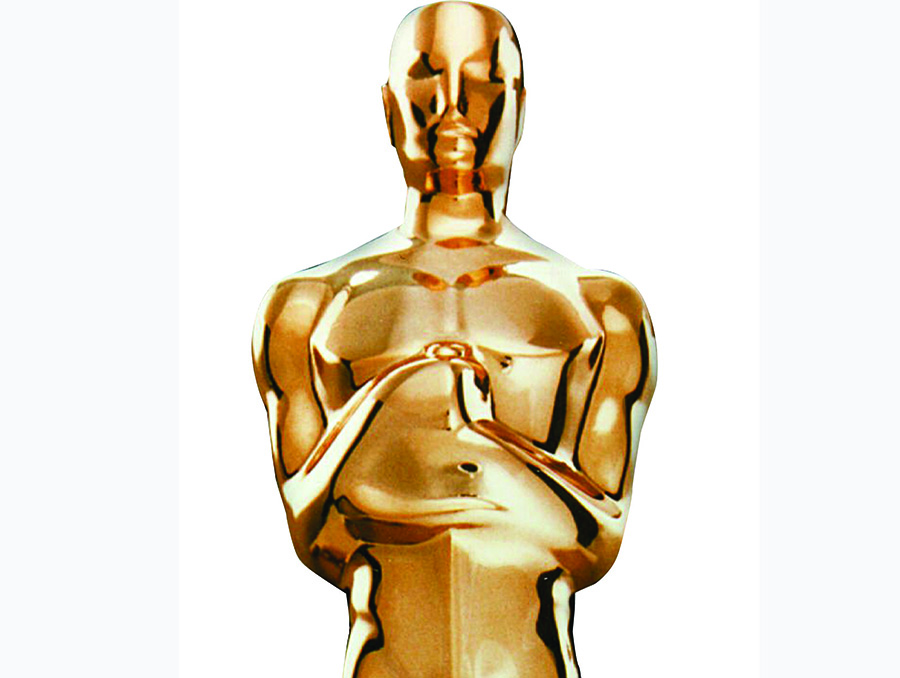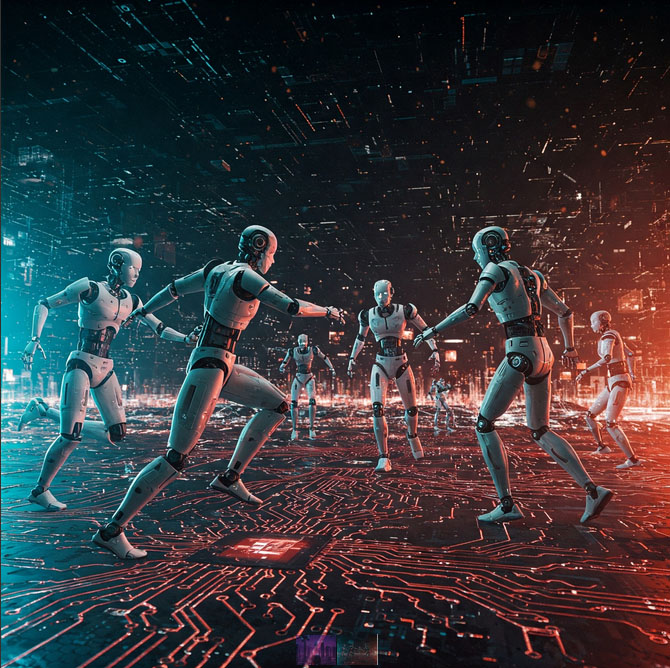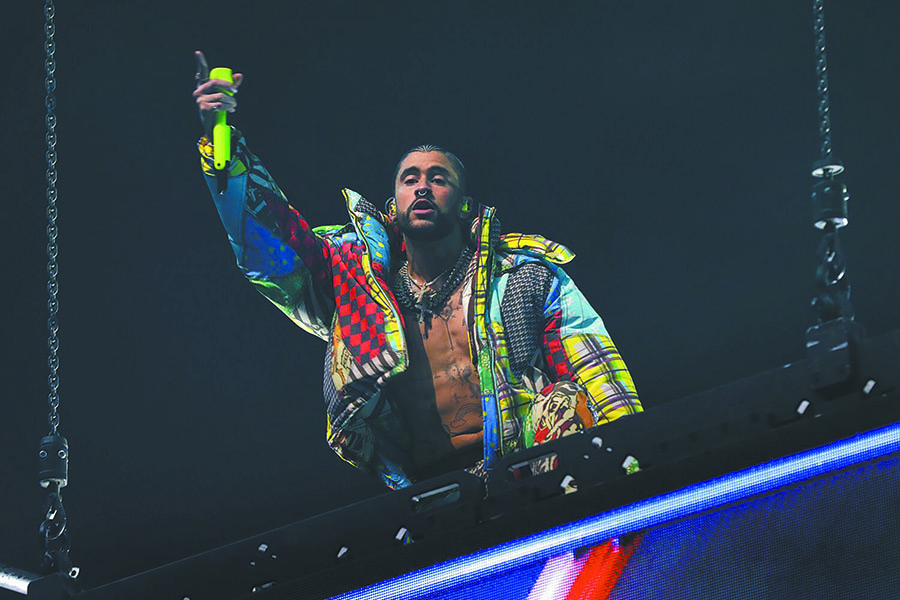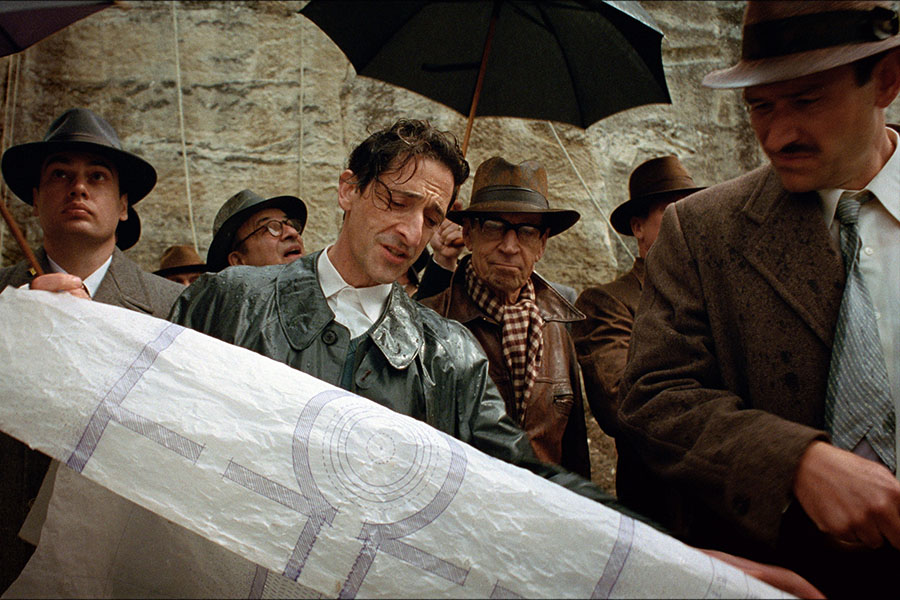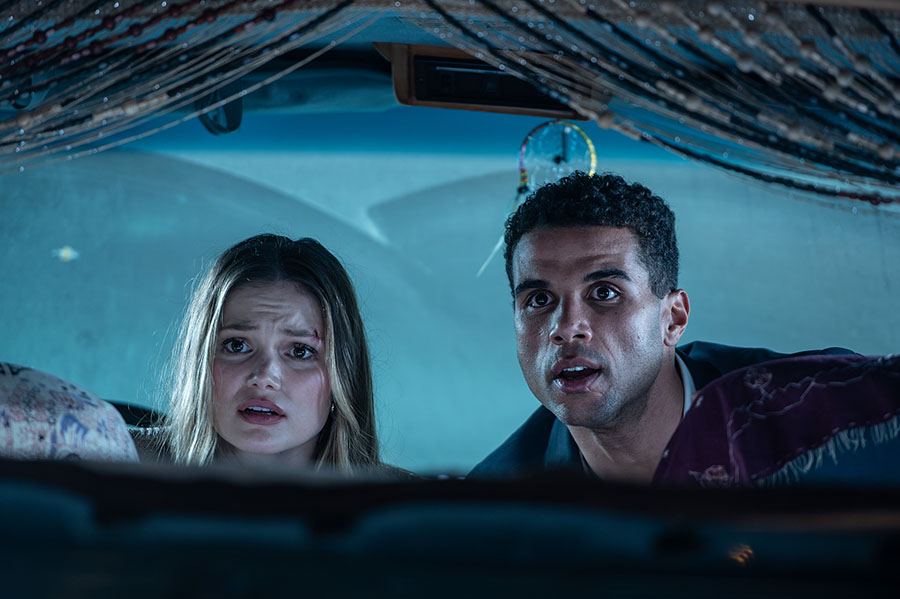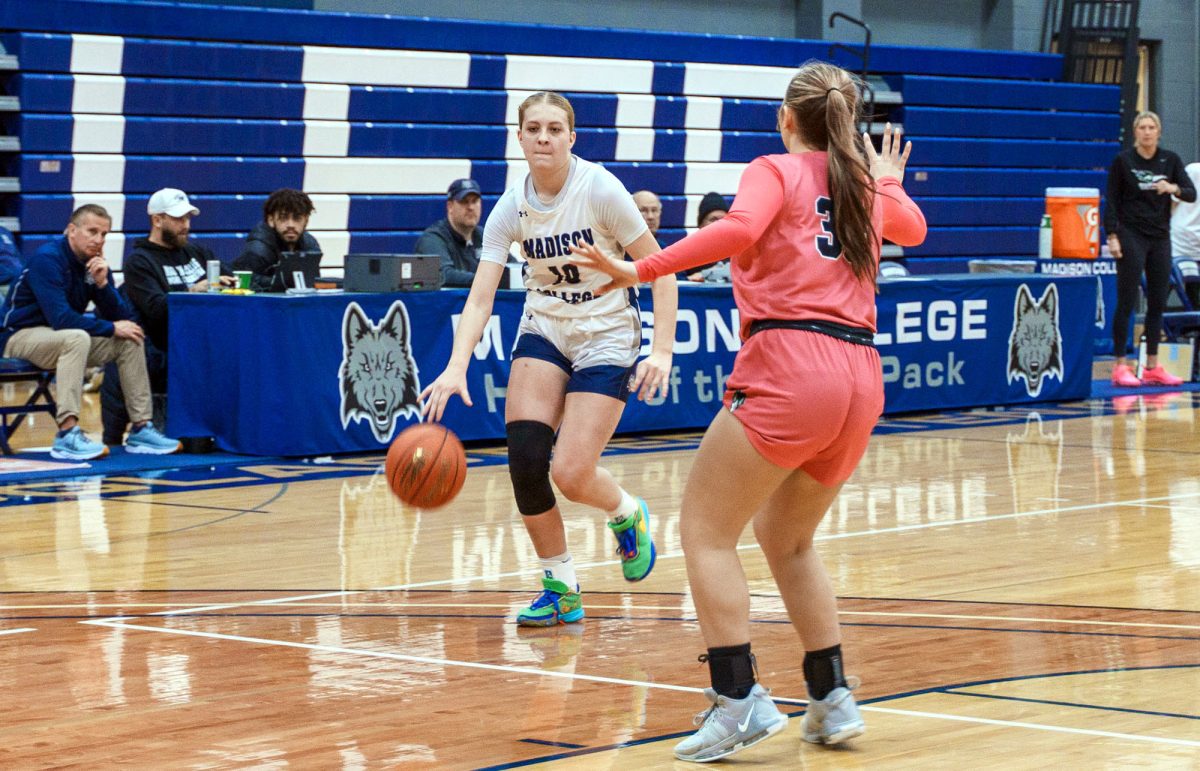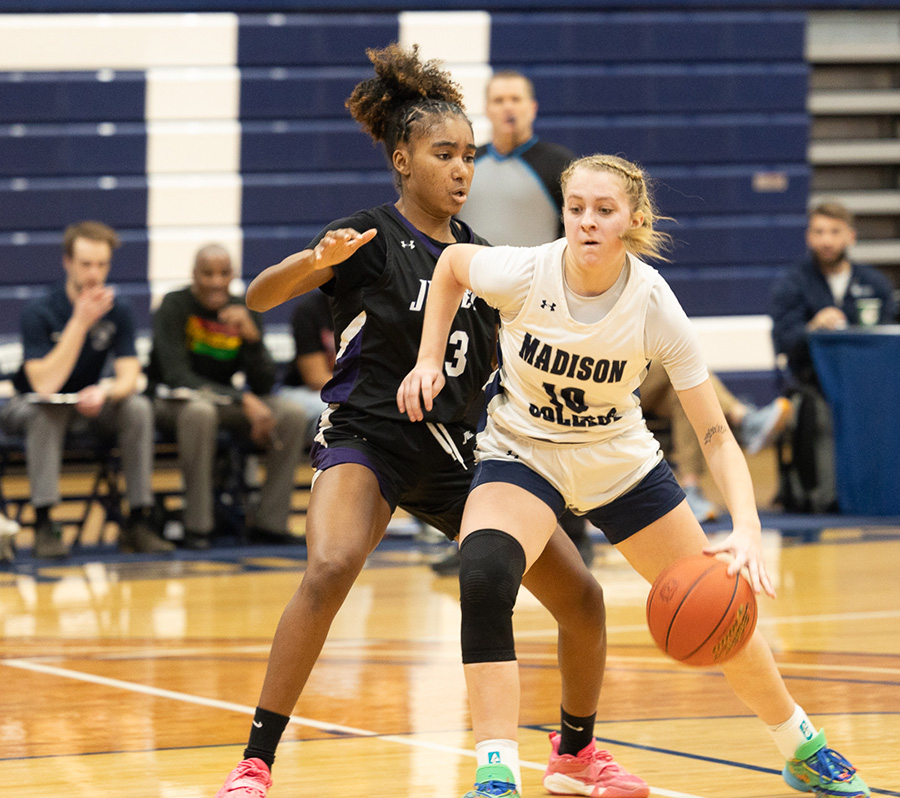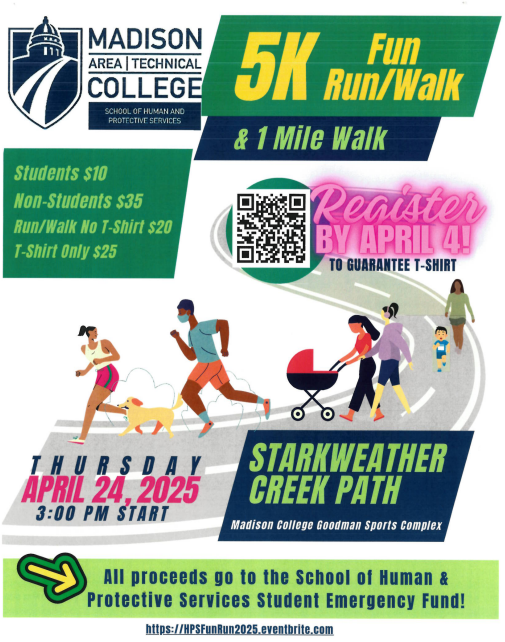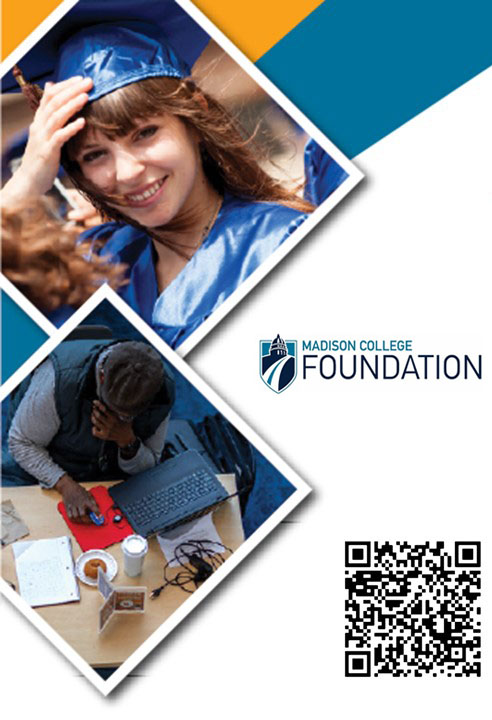‘WandaVision’ kicks off MCU Phase 4
February 17, 2021
Disclaimer: This is a mid-season review of Episodes 1-5 ***SPOILERS AHEAD!
Following the epic conclusion of “Avengers: Endgame” and the epilogue-esque film that was “Spiderman: Far From Home,” I was very interested to see what was ahead for our favorite heroes. Particularly, I’m looking forward to storylines of newer characters who have yet to experience great character arcs, the way the original five Avengers already have.
Despite “Endgame” appearing to be the end of an era for many of the original Avengers, the movie left many openings and loose ends for future productions. Valkyrie as the leader of New Asguard, Peter Quill searching for 2014 Gamora, Sam Wilson as the new Captain America, and an alternate timeline where Loki has the time stone are a few of these possibilities.
“WandaVision,” as the title implies, features Wanda Maximoff AKA Scarlet Witch (Elizabeth Olsen), and her previously-assumed dead lover, Vision (Paul Bettany). The first three episodes of the TV series (with each new episode released every Friday) take the form of a sitcom, complete with a laugh track, cheesy jokes, and a photo-montage theme song.
The main plot of the ‘sitcom’ is that Wanda and Vision are a newly married couple that has just moved to the quaint little town of Westview. The two work to conceal their abilities and fit in with their new neighbors, except each episode takes place in a different decade, despite the same continuous plot.
I personally enjoyed how the different decade episodes featured elements from other classic sitcoms of the decade they were emulating. The episode that took place in the ‘50s was clearly modeled after “I Love Lucy,” the ‘60s episode after “Bewitched,” the ‘70s episode after “The Brady Bunch,” and later an ‘80s episode based on “Family Ties.” It was fun to catch all of the Easter eggs in these episodes, both related to the decade and the MCU as a whole.
However, it seemed as though these first few episodes seemed to drag on and on, and other than a few eerie incidents that show something is not quite right with their perfect little life, there was zero indication as to where the plot was heading. The pilot set up no impending conflict besides Vision trying to fit in at his job and Wanda’s apparent lack of housewife skills. The pilot did end with the ‘sitcom’ being shown on a modern-day screen at a government base, which piqued a little bit more interest.
Though I found myself rather bored at times in the first three episodes, the fourth episode was riveting and truly worth the wait. We learn that about three weeks after the end of “Avengers: Endgame,” Monica Rambeau (Teyonah Parris) and Jimmy Woo (Randall Park) are sent to investigate a missing person, which turns into a mass effort by S.W.O.R.D. to investigate the missing town of Westview.
It becomes evident that Wanda has taken over the real Westview and created an extremely powerful energy shield around it. Inside, she is able to control everyone and everything, manipulating things to fit her desired reality—an uncomplicated suburban life with a man (cyborg?) she loves.
Perhaps more disturbing, the S.W.O.R.D. director Tyler Hayward (Josh Stamberg) reveals that Wanda had previously broken into the base and stolen Vision’s body. How exactly she was able to revive him remains unknown, but it becomes clear that she is not able to control him the way she does with everyone else in the town.
Unlike the first, second, and third episodes, the fourth and fifth episodes were very engaging, and I was kept on the edge of my seat from start to finish. Although some of our questions were answered, there are many more that have yet to be resolved.
With four episodes left, we’ll hopefully get some closure. Hayward seems a little sketch to me, as does nosy neighbor Agnes (Kathryn Hahn) and her mysterious husband Ralph, which begs the question of whether Wanda is truly in control. Not to mention that shocking appearance at the end of episode 5; I’m actually going back and watching all of the “X-Men” movies in preparation for a possible crossover.
There is an aspect of good storytelling here, too. Through the series, we get a glimpse of Wanda’s unraveling as she grapples with the grief of losing Vision, as well as her twin brother, who was killed back in “Age of Ultron.” It also displays this grief coupled with unmatched powers, which results in the conflict between her attempt to cope and the harm she causes to the innocent Westview residents. There are a few moments that are very raw, indicating that Wanda is on her last straw emotionally—and understandably so.
“WandaVision” combines various genres, and pieces from the rest of the MCU, which makes it enjoyable, but also gripping. I look forward to the rest of the season, to see how Wanda’s emotional crisis is handled, getting to the core of something perhaps more sinister at play and potentially opening even more doors for Marvel expansion.


